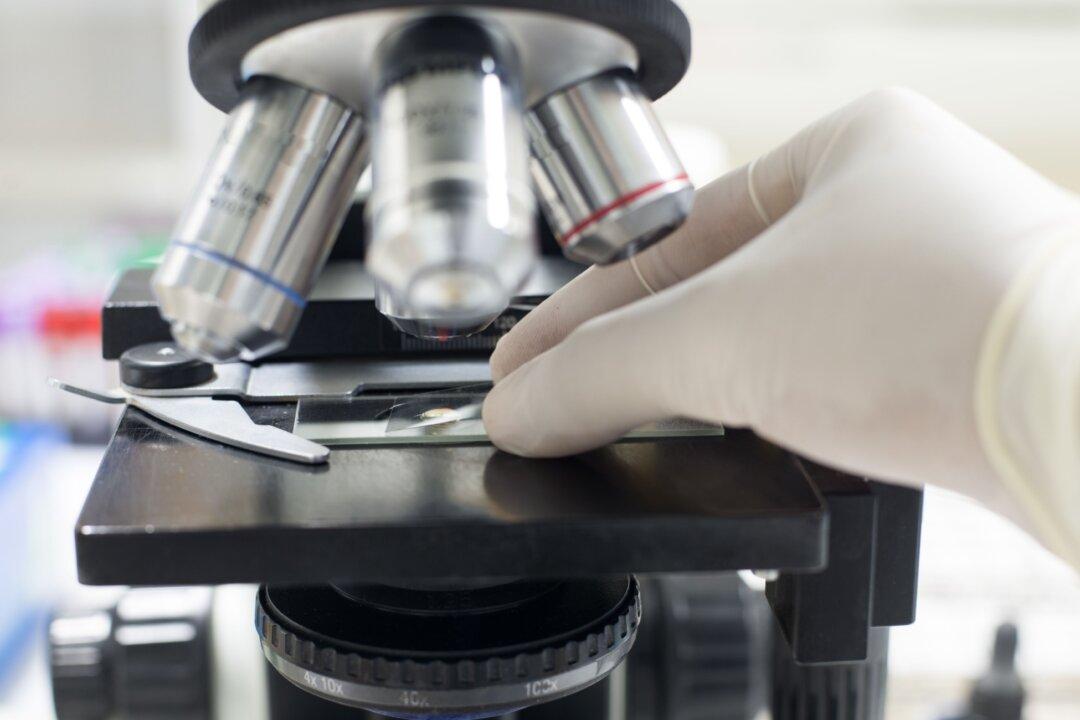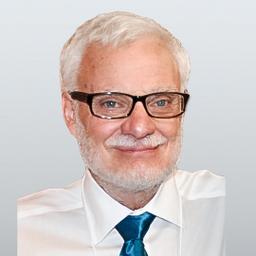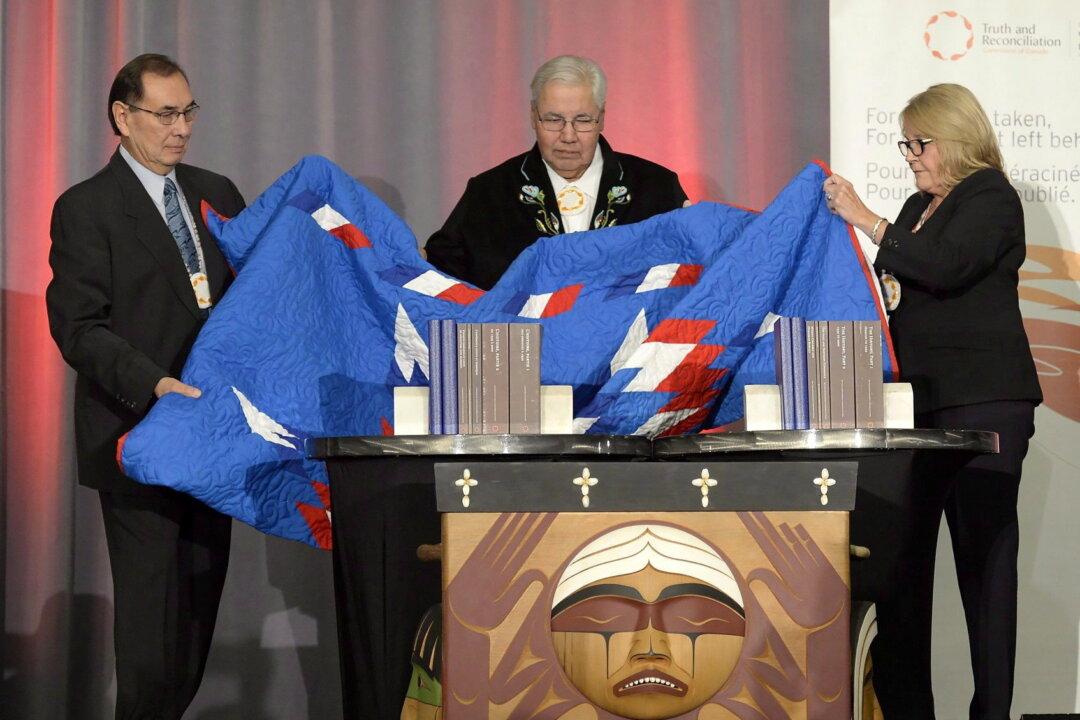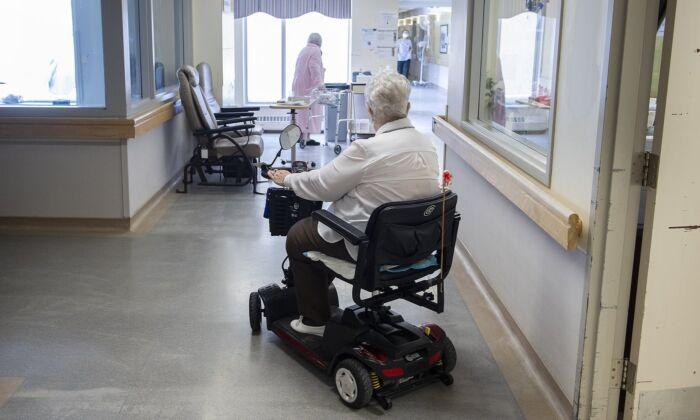Do we know the best way to decide if specific empirical claims are true?
Of course we do. The best way is by using the procedures of science.
Scientists critically examine the arguments and evidence in research studies to find weaknesses and fallacies. If there are no weaknesses or fallacies, the evidence enters the realm of science. But if there are weaknesses, the research has low—or zero—credibility, and the evidence does not become a building block of science.
In a historical context, seemingly good evidence may not stay as science because the claim will be continually evaluated by researchers. This scientific process is not failsafe, but it is better than other procedures for figuring out the veracity of empirical truth claims.
This powerful principle is often called “trust but verify,” and it is the idea behind the replication of scientific results.
Today we have many such truth claims that undoubtedly require critical examination. At least two come readily to mind.
The first claim is that no-one should question the COVID procedures and mandates.
It is now abundantly clear that the procedures used during the COVID pandemic did not follow the time-tested scientific procedures. Instead, government-appointed scientists supported government-approved explanations, and this is what Canadians heard and the advice they were given—social distancing, wearing masks, and, most importantly, being vaccinated.
Five years after the start of the pandemic, we now know that Dr. Bhattacharya (and many other deniers) were telling the truth. Many had legitimate concerns about both the virus and the safety and efficacy of the vaccines. Many of these contrary-minded scientists were not conspiracy theorists or nutbars as some people claimed. Rather, they were doing exactly what good scientists do: trust but verify empirically based truth claims.
The second example is the claim that indigenous children died (or were murdered) and their bodies were buried in unmarked graves on the Kamloops Residential School grounds.
So far, this claim has not been subjected to normal scientific scrutiny. Rather, there is a lopsided debate between those who claim that the bodies of children are buried in residential school yards, based on the memories of a few unidentified seniors, called “knowledge-keepers,” and a few doubting Thomases on the other side who need to see the forensic evidence before accepting the claim.
Truth claims should always be subjected to challenges, and those who challenge these claims should not be disparaged. Rather, they should be honoured even if they are eventually shown to be wrong because they are adhering to the most important principle of science. It is time to return to the important notion that verifying the evidence offers the best way to answer many empirical questions about truth claims.
We still need a robust debate about the COVID procedures and the claim that there are missing and murdered indigenous children buried on residential school grounds. We also need robust debates about many other empirical truth claims. Preserving democracy and enacting good social policies depends on these debates because verifiable evidence is, without a doubt, necessary in forming good policies that will serve all Canadians.







